Ever wonder what plants to avoid while hiking or camping? North America is filled with a lush variety of plant life — some that can be dangerous.
If possible, dress in long pants and sleeves to avoid accidental contact with irritating plants, and wash all of your clothing immediately upon your return. Keep in mind that your pets can transfer irritating oils on their fur.
Also, you should never eat a plant that you aren’t completely certain of its identification.
If you hike with a good plant identification guide, you can use the scientific names (which we’ve included here) to help you in identifying each plant.
Below are 10 plants to avoid while hiking or camping:
Poison Ivy
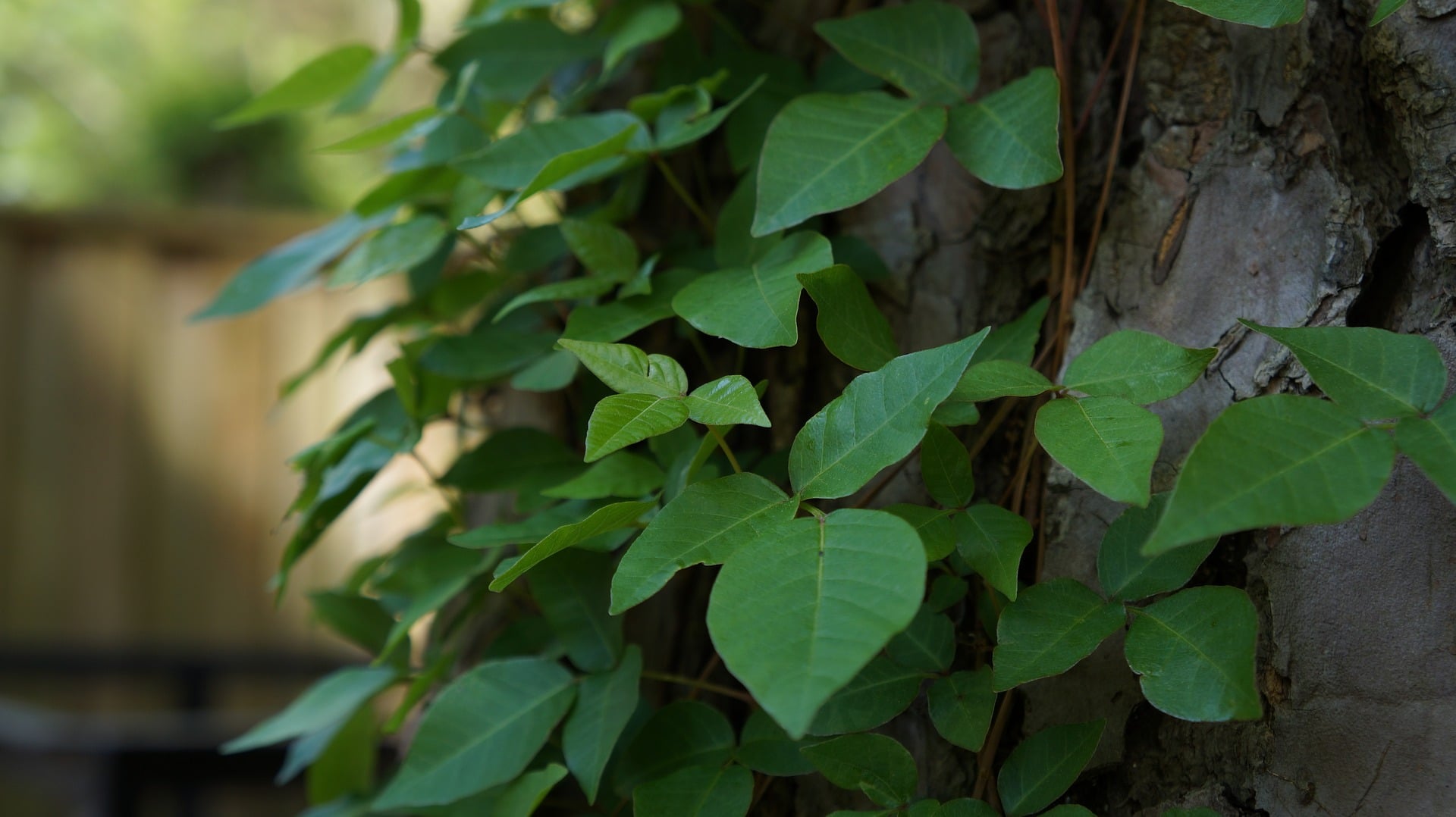

- Scientific Name: Toxicodendron radicans
- Location: Eastern North America
Poison ivy can be tricky to identify because it appears as a short ground plant, a climbing vine, and in advanced stages can even look like part of a tree.
The old monikers are still helpful to remember: 1) leaves of three = let it be, and 2) hair on a rope = don’t be a dope! These come from the fact that poison ivy usually grows with whirls of three-leaves in a cluster. As a climbing plant, the vine will often have hairy growths (“hair on a rope”).
In spring, the leaves grow bright red and glossy, but will change to green and duller later in the season. It’s extremely important to be able to identify this plant because many people have allergic reactions ranging from mild itching and rashes to breathing problems. All parts of the plant (even the root) produce urushiol, an oily mixture containing a range of allergenic properties.
Poison Oak
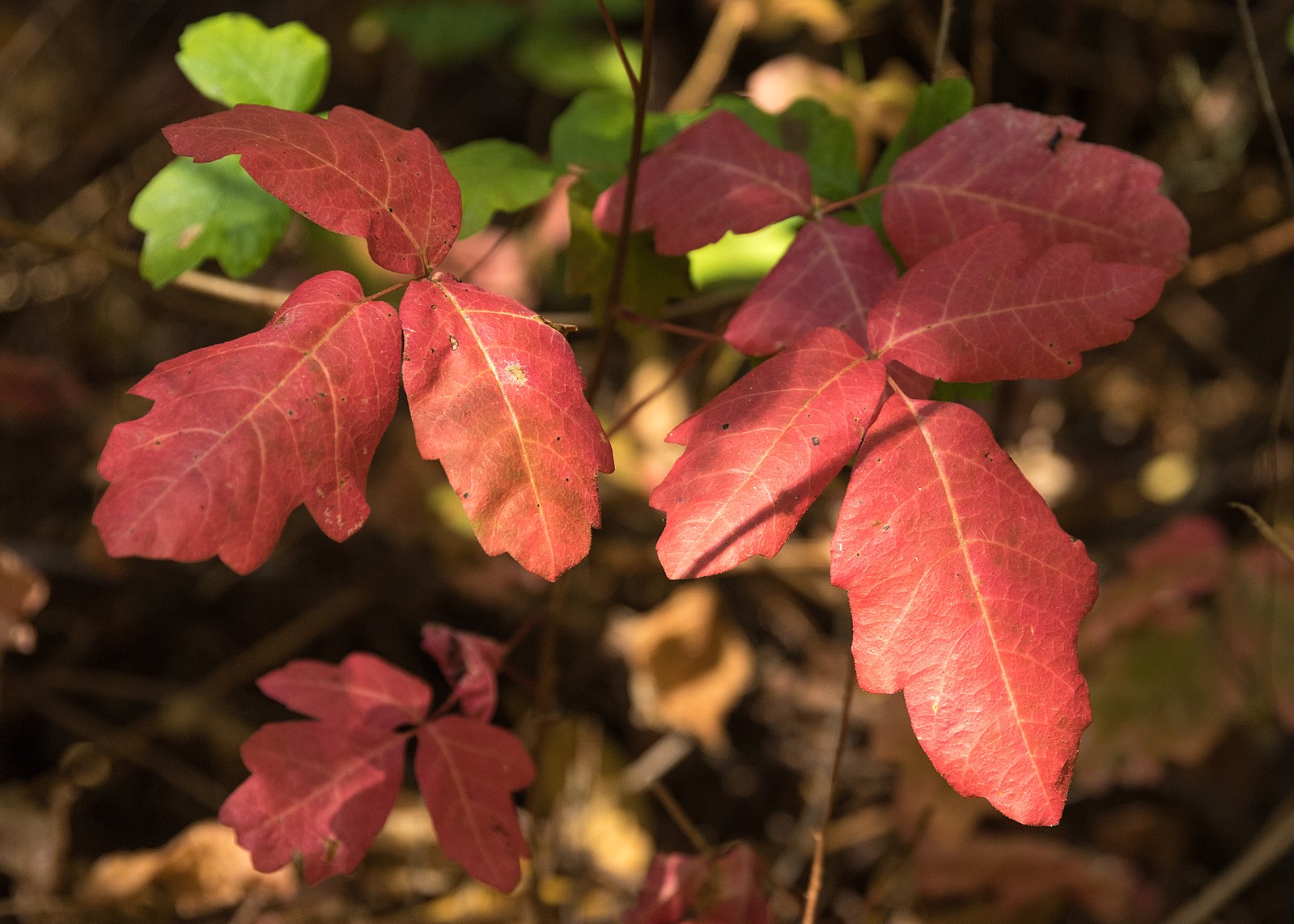

- Scientific Name: Toxicodendron diversilobum
- Location: Mostly Western United States
Related to sumac and poison ivy, this plant can be a woody shrub or climbing vine occurring in mixed forests and grasslands. The leaf shape resembles that of an oak tree, with several lobes on each leaf and three leaves in a cluster on the end of each stem.
Unlike poison ivy, poison oak has tiny hairs on each side of the leaf, which can help distinguish between the two plants. Poison oak produces white flowers in spring, most prominent in the month of May. Always remember — leaves of three, let it be.
Stinging Nettle
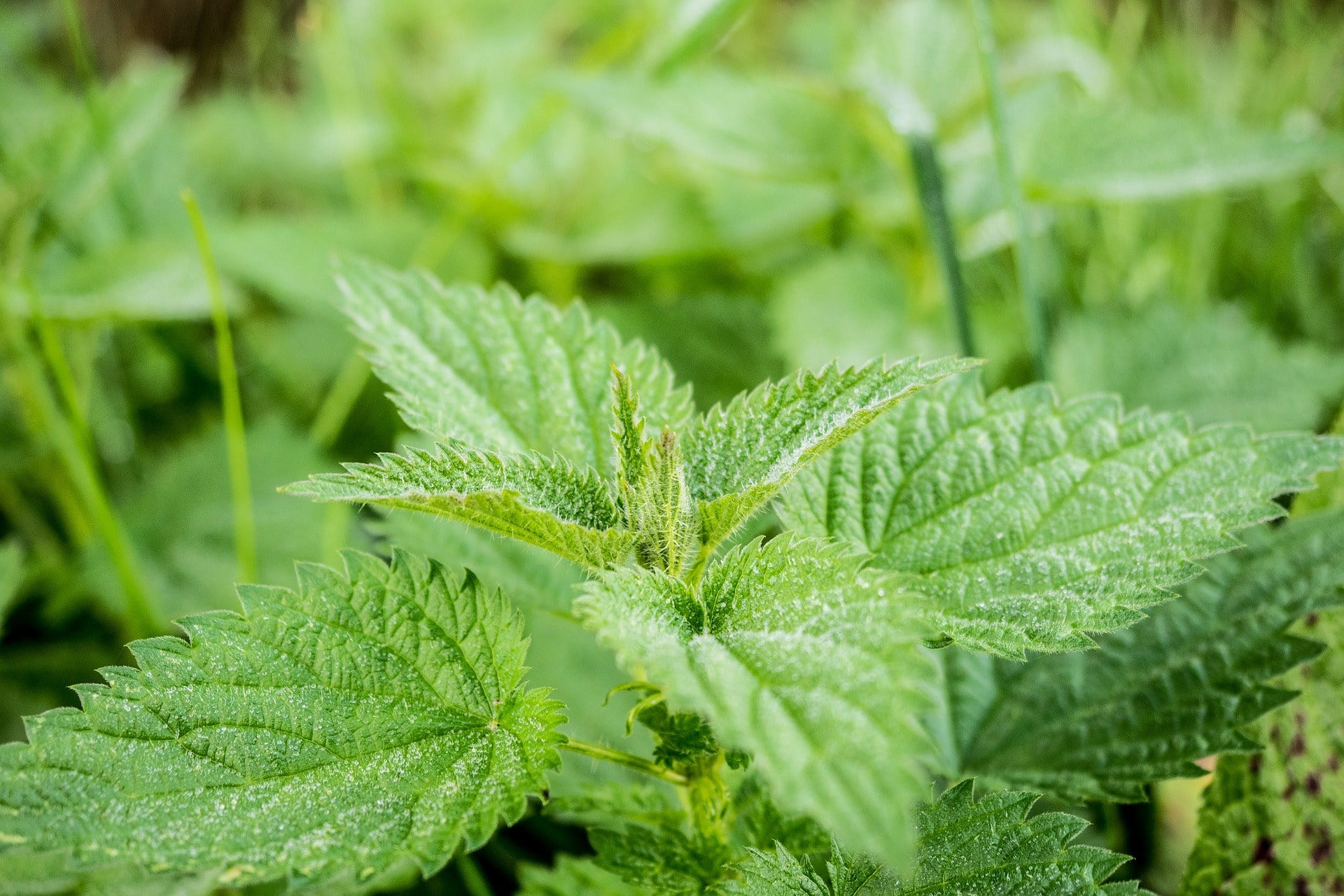

- Scientific Name: Urtica dioica
- Location: Throughout the US
This plant is important to avoid because it can literally sting you. Tiny pin-prick hairs on the stem and leaves of the plant sting when they come into contact with skin, due to the irritating chemicals released from the plant.
Groups of nettle plants often grow in dense clusters and can reach several feet tall in woodlands. Interestingly, this plant has been used for medicinal purposes for centuries by qualified physicians to treat joint paint and other ailments.
Multiflora Rose
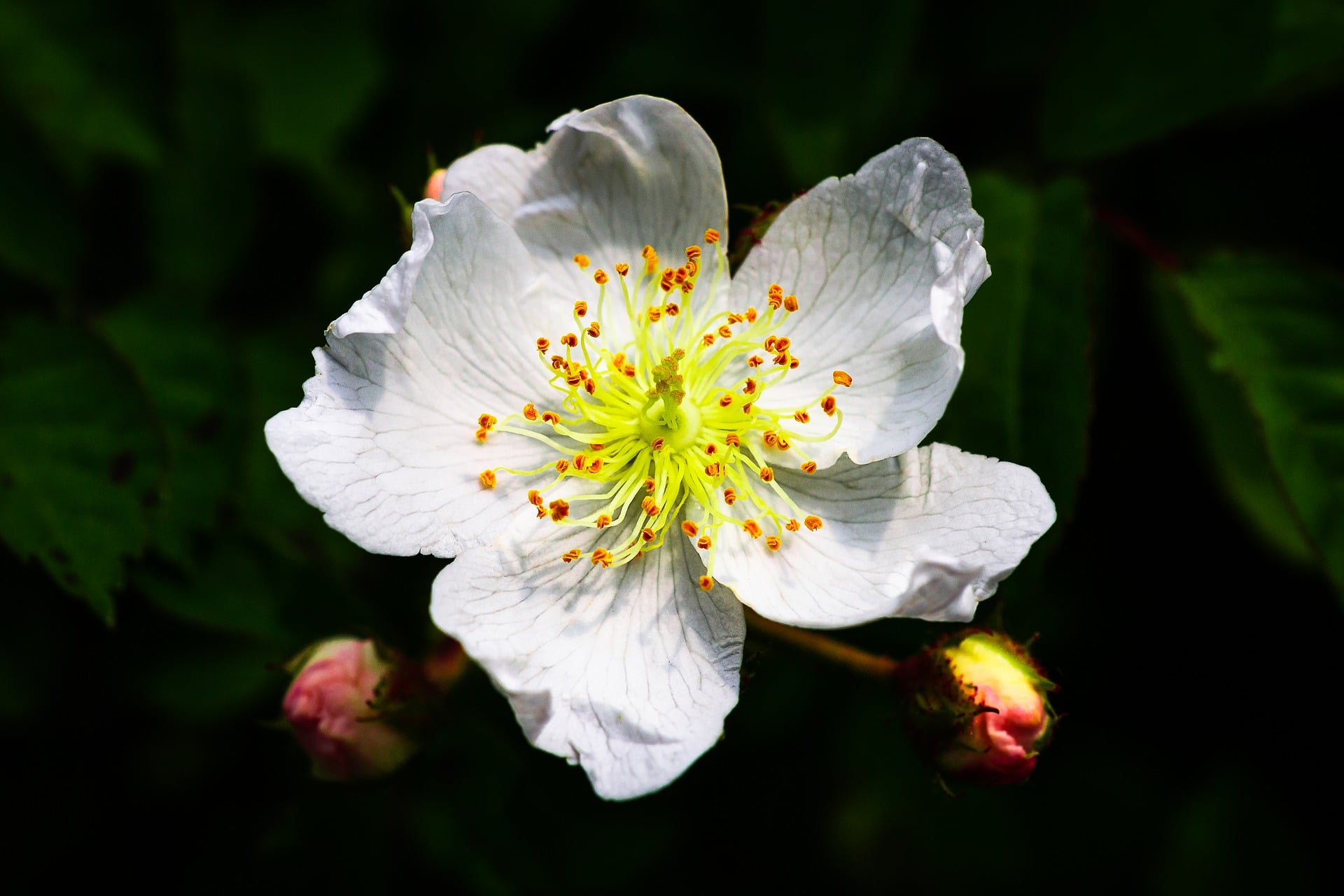

- Scientific Name: Rosa multiflora
- Location: Throughout the US
This vigorous, dense-growing bush is invasive in the United States, having been brought in as a cultivated ornamental shrub. It creates brambly thickets, and is covered in sharp thorns. The rounded white flowers may be pretty, but don’t pick the flowers from this plant: you don’t want to spread the plant, and you don’t want to get caught up in its network of thorns.
Oleander


- Scientific Name: Nerium oleander
- Location: All US States
Appearing as a shrub or tree, oleander produces a clear poisonous sap. From summer into autumn, the plant has funnel-shaped flowers in varieties of yellow, white, pink, or red. All parts of this plant are toxic, containing different dangerous substances whether the plant is flowering or not.
Never touch it and certainly don’t ingest any part, whether fresh or dry. This flowering plant is often cultivated, and therefore can be found in every state.
READ MORE: Guide: Outdoor Hiking for Beginners
Spotted Spurge
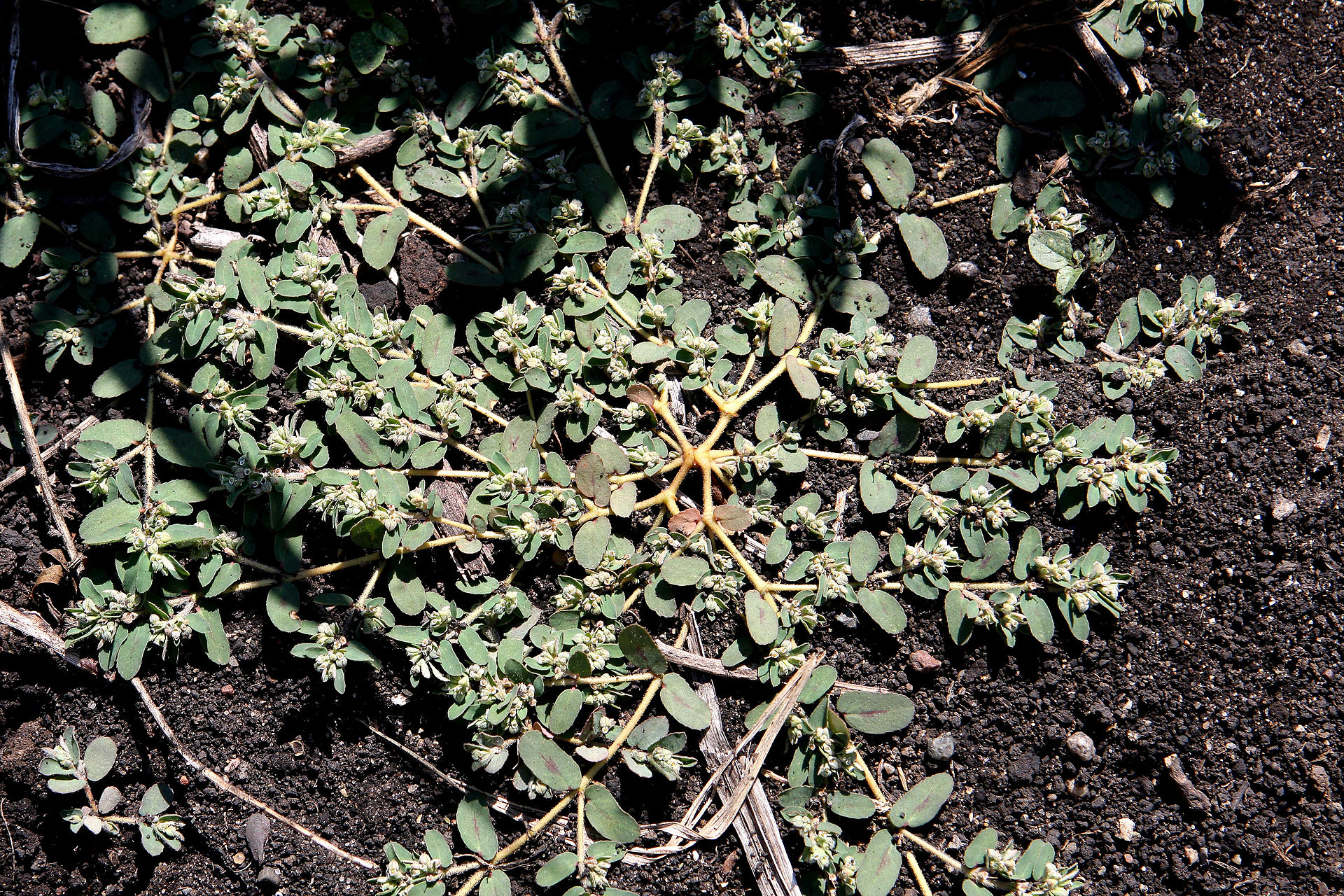

- Scientific Name: Euphorbia maculata
- Location: Throughout the US
Spotted spurge can be found as a lawn weed or in any sunny, open area. It has tiny, oval green leaves with characteristic reddish splotches. The stems are often hairy. The milky sap of this plant can lead to irritation and produce allergic reactions.
Poison Sumac
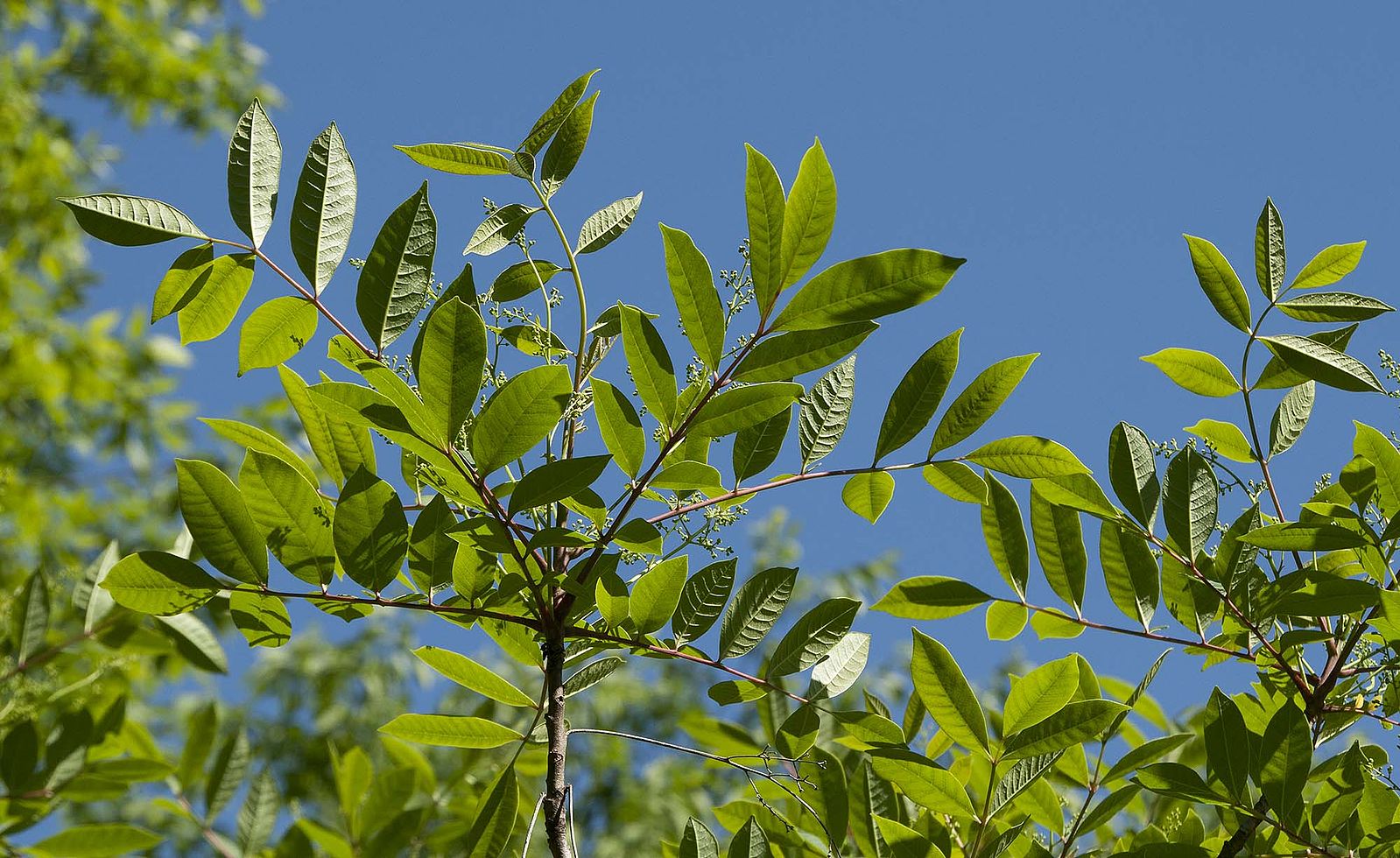

- Scientific Name: Toxicodendron vernix
- Location: Throughout the US
This shrub or small tree can reach 30 feet tall, although is often seen on moist forest and field edges closer to 10 feet tall. The leaves are oblong, coming to a point at the end and may hang down from the treetop, producing clusters of berries in late summer.
It’s more allergenic than poison ivy & poison oak: any skin contact with the oil of this plant (even on dried leaves) leads to skin rashes and blisters that may itch or burn. This is one plant to avoid at all costs.
Wild Parsnip
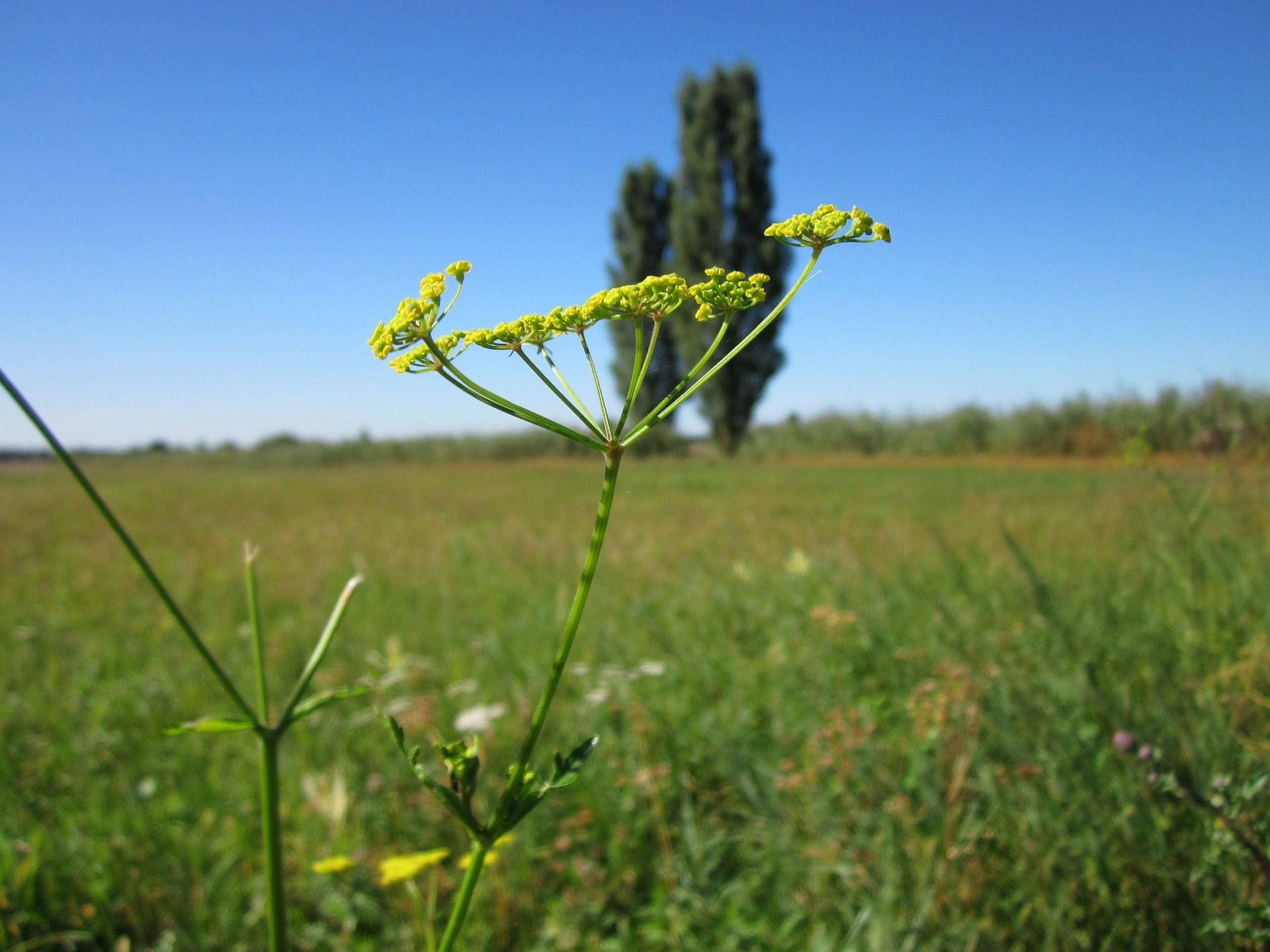

- Scientific Name: Pastinaca sativa
- Location: Throughout the US
This herbaceous plant is under 5 feet tall and is common along edges and roadsides. Leaflets are arranged in pairs along the stem, and have serrated edges. The stems often resemble a stalk of celery, and produce clusters of yellow flowers in the summer.
A compound in the parsnip’s snap causes blistering and discoloration on contact with the skin in sunny conditions. It technically causes a chemical burn, due to the compound in its leaves, stems, flowers, and fruits.
Giant Hogweed


- Scientific Name: Heracleum mantegazzianum
- Location: New York, Pennsylvania, Ohio, Maryland, Oregon, Washington, Michigan, Virginia, Vermont, New Hampshire, and Maine.
This large invasive plant produces large clusters of white flowers, with a stem that may contain purple blotches and/or white hairs. Even brushing against the plant on accident can release sap that produces painful burns and eventual scarring, particularly when combined with humid or sunny conditions.
Water Hemlock
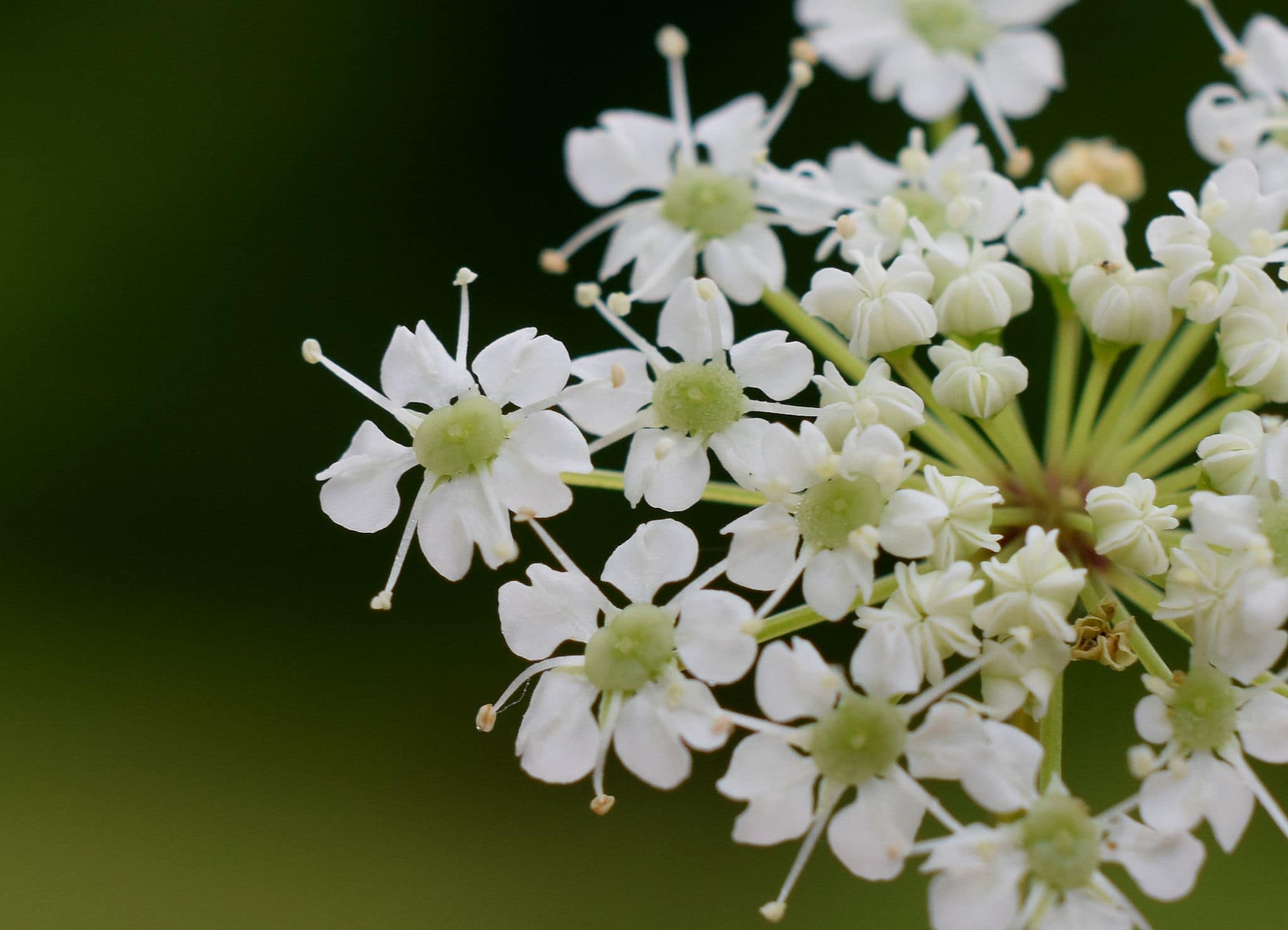

- Scientific Name: Cicuta spp.
- Location: Throughout the US
This plant can be easily confused with edible plants like celery, carrots, or parsnips and is sometimes found growing in the same areas. The toxin in water hemlock can be extremely dangerous if ingested, causing pain, nausea, vomiting, seizures, and even a coma. The poison it contains is called cicutoxin and it is certainly something to stay far away from.
READ MORE: 8 Best Tips for Wilderness Camping
Pin it for later!



